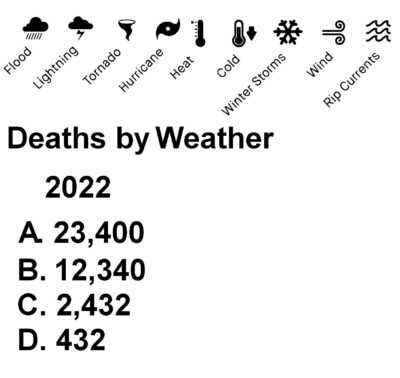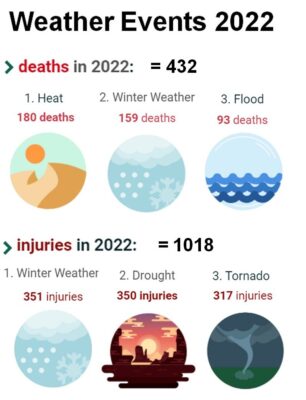When the subject of Emergency Preparedness comes up, the usual suspects trot out a plethora of advice on how to survive the upcoming and ever-looming threat of anhiliation:
Thousands of government and private agencies claim to be on the ready, just waiting for the ever-emminent calamity regardless the infinitesimally small odds of a major disaster happening at a theater near you.
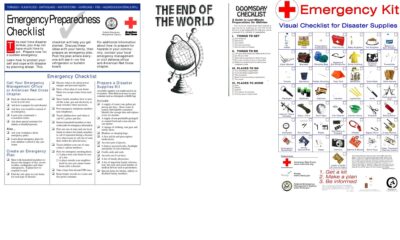 Billion-dollar industries offer endless emergency kits and checklists built upon the hopes that fear will drive “you,” (the consumer) to worry that you will personally experience a major disaster first hand – and always, real soon.
Billion-dollar industries offer endless emergency kits and checklists built upon the hopes that fear will drive “you,” (the consumer) to worry that you will personally experience a major disaster first hand – and always, real soon.
Emergency food and medical kits are sold in nearly every grocery outlet, corner gas station, drug store online and offline. Some kits are stocked to survive the next upcoming nuclear holocaust.
Costco even carries a $6,000 one-year supply survival kit for the ultra terrified terrestrial denizen! Not counting for inflation…
Prepare for Disaster
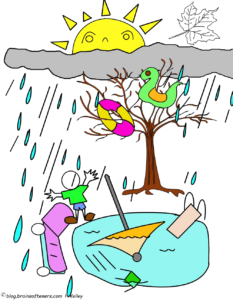
Disasters are sudden, catastrophic events that literally wipe everything out.
- Tornadoes take out miles of housing projects
- Fires lay waste to thousands of acerages and towns
- Floods wash away everything it its path dowbstream
- Winter storms put everything into deep freeze
- Hail pounds structures into dust…or something
The point is, after all that disaster, it’s a good thing your survival stock survived…not. It’s floating, burning or sliding down the hill side with everything else.
Back to Reality
2022 stats show 432 people in the United States died of weather related causes.
In the mean time leading causes of death remain fairly consistent with
- Heart disease deaths 675,230
- Cancer deaths 580,421
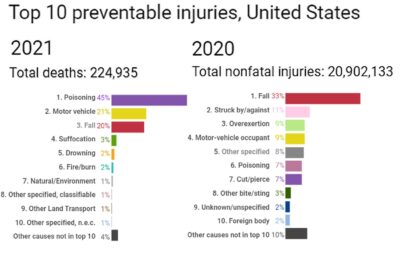
but keep humping us with those heat maps and climate-apocalypse-claims…
because fear and false security is good for selling those MRI Food kits and disaster supplies.
Build A Realistic Emergency Kit
For those times when we can’t get around in your own home due to temporary incapacity.
First, Some Perspective
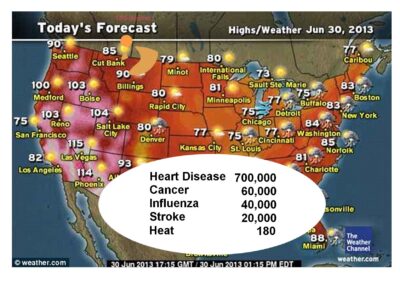
Every day thousands of people suffer common home “disasters,” which cause injuries and put people out of commission for several days but not severely enough to warrant a doctor or hospital visit:
- Falls
- Pulled Muscles
- Trips and Falls
- Sprains
How to Build A Realistic Emergency Kit
A few years ago we had a sudden slip, quick turn as our non-slip slipper shoe snagged on a concrete walk, sent us off balance and crashing to the floor.
We continue to point fingers of blame, was it Control for failing to warn, was it Chaos for being so careless, needless, we pulled some important back muscles. For 2 days we were unable to stand without assistance, much less walk to our own bathroom without severe pain and weakness.
We Noticed that as Disasters go…
This event was as catastrophic personally as disasters go. Our world suddenly became much smaller and dependent of assistance.
While pondering our convalescence, we came to the realization that disaster survival guides do not apply.
Red Cross Advice for Emergency Kit.
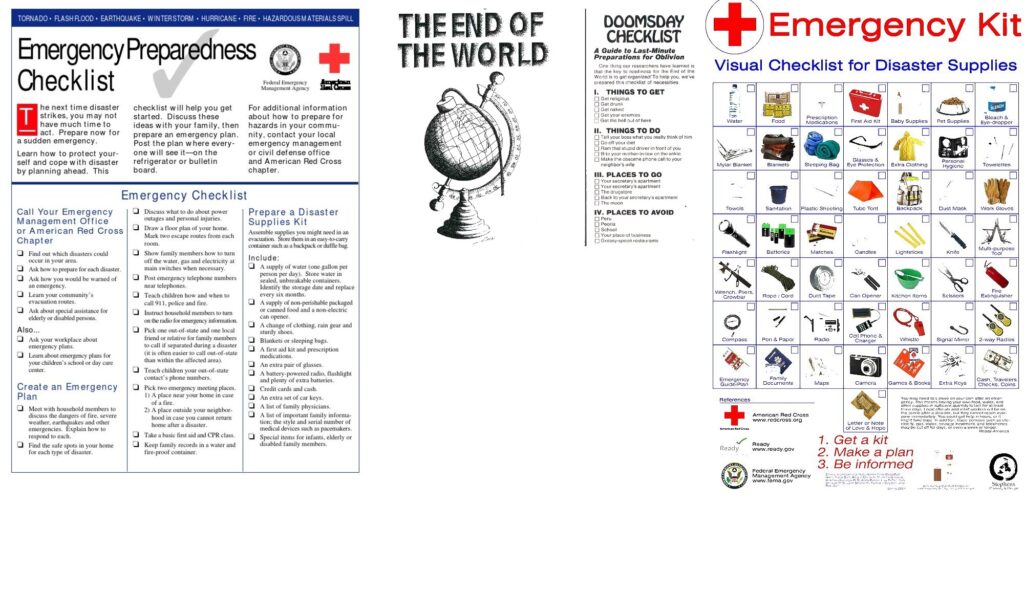
Where are Emergency Lists for Home Accidents
Hysteria, fear sells. Hoopla over “Climate Events” maintains a state of fear in the psyche even though the odds that you, personally, getting hit by that asteroid is about a hundred-thousand to one.
As disasters go…Falls are #1
Not once did we need any item listed on the Red Cross Advice for Emergency Kit.
Other than a bit of water and some pain pills, we found no need for whistles, rain gear, duct tape or plastic sheeting.
We agreed to assess our immediate disability needs and investigate availability of tools.
The result is this Realistic Emergency Preparedness Checklist for personal catastrophes.
Designate a corner, closet or special area in the home and keep these items handy for the bout of muscle spasms, debilitating cold or flu or other bothersome condition which temporarily impedes comfort and mobility.
Next time we pull that same back muscle for the 15th time we may simply fetch, or have fetched, the rescue items to bring forth.
No waiting for Red Cross or national Guard, should they arrive.
Realistic Emergency ChecklistKeep these items on hand for your next bout of muscle spasms, debilitating cold or flu or other bothersome condition which temporarily impedes comfort and mobility. Print this page and go shopping. Total approximate cost for all items listed below $400 – $600. PS – go to garage and estate sales. We found a brand new walking chair for only $5.00! |
Approximate Cost | |
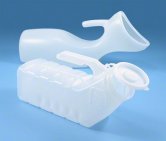 |
Urinal Male and Female | about $15 |
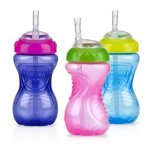 |
Sippy Cups (no spill) | about $10 |
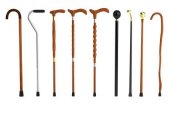 |
2 or 3 walking canes | about $15 and up |
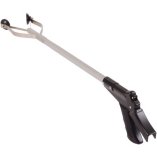 |
Grabbers or Reachers | about $10 and up |
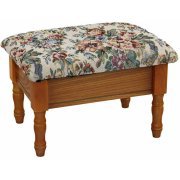 |
Foot Stool | about $25 + |
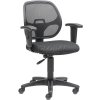 |
Rolling office chair (or…) | about $45 + (Check yard sales, you can pick up a good office chair for 5 or 10 bucks! |
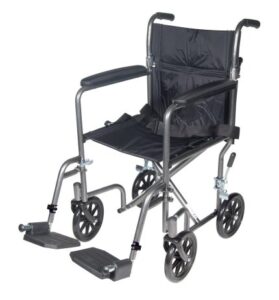 |
Folding wheelchair (or…) | about $75 on up (check refurbished or garage sales) |
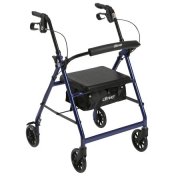 |
Walking Chair | about $50 |
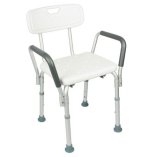 |
Shower Chair | about $25 to $40 |
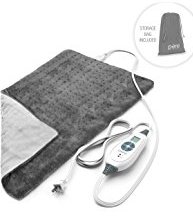 |
Heat Pad | about $30 |
 |
Bed pans male and female | about $15 |
 |
Cold Pack | about $10 |
 |
Waterproof pads for bed and chairs | 3 pack, about $20 |
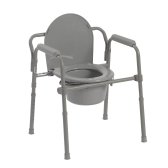 |
Folding portable potty chair | about $25 |
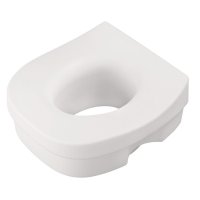 |
Elevated toilet seat | about $20 to $25 |
 |
Medical Alert System | Varies |
Realistic Emergency Preparedness
The realistic alternative to emergency preparedness hysteria is simple:
Take Hold of Your Senses.
- Draft a will and and final instructions
- Gather your health care and legal documents. put in safe place, safe, bank box
- Write instructions to heirs so they may access important accounts – bank, mortgage, power of attorney, logon ID’s and passwords
- Write instructions for special projects you want to be continued, such as business or hobby
-
Sort through household belongings Keep heirlooms available to grab quickly for natures wrath and other devastating emergency disasters that may or may not come.
- art
- heirlooms
- memorabilia
- _____________
- Attach labels or record names of who you want the item to go to and write any historic or explanation as to why the item is favored on 3×5 cards the history behind the item, e.g. grandma’s favorite book, your childhood toy, etc..
- Wash your car, Clean your house.
- Go to your store, buy a big steak or otherwise indulge in your favorite food fare
- Keep on living
Remember the BS: The chances of you being in the same room as your $6,000 emergency supply kit when the earthquake hits are slimmer than the odds of the disaster happening at all.
Official Government / Red Cross Advice for Emergency Kits
At a minimum, you should have the basic supplies listed below:
2 absorbent compress dressings (5 x 9 inches)
25 adhesive bandages (assorted sizes)
1 adhesive cloth tape (10 yards x 1 inch)
5 antibiotic ointment packets (approximately 1 gram)
5 antiseptic wipe packets
2 packets of aspirin (81 mg each)
1 blanket (space blanket) [Available on the Red Cross Store]
1 breathing barrier (with one-way valve)
1 instant cold compress
2 pair of non latex gloves (size: large)
2 hydro-cortisone ointment packets (approximately 1 gram each)
Scissors
1 roller bandage (3 inches wide)
1 roller bandage (4 inches wide)
5 sterile gauze pads (3 x 3 inches) [Available on the Red Cross Store]
5 sterile gauze pads (4 x 4 inches)
Oral thermometer (non-mercury/non-glass)
2 triangular bandages
Tweezers
Water: one gallon per person, per day
(3-day supply for evacuation
2-week supply for home
Food: non-perishable, easy-to-prepare items
3-day supply for evacuation
2-week supply for home
Flashlight
Battery-powered / hand-crank radio (NOAA Weather Radio)
Extra batteries
First aid kit
Medications (7-day supply) and medical items
Multi-purpose tool
Sanitation and personal hygiene items
Copies of personal documents
medication list and pertinent medical information,
proof of address,
deed/lease to home,
passports,
birth certificates,
insurance policies
Cell phone with chargers
Family and emergency contact information
Extra cash
Emergency blanket
Map(s) of the area
Suggested optional items:
Medical supplies
hearing aids with extra batteries,
glasses,
contact lenses,
syringes
Baby supplies
bottles,
formula,
baby food,
diapers
Games and activities for children
Pet supplies
collar,
leash,
ID,
food,
carrier,
bowl
Two-way radios
Extra set of car keys and house keys
Manual can opener
Survival kit based on the types of disasters common to your area:
Whistle
N95 respirator or surgical masks
Matches
Rain gear
Towels
Work gloves
Tools/supplies for securing your home
Extra clothing, hat and sturdy shoes
Plastic sheeting
Duct tape
Scissors
Household liquid bleach
Entertainment items
Blankets or sleeping bags

